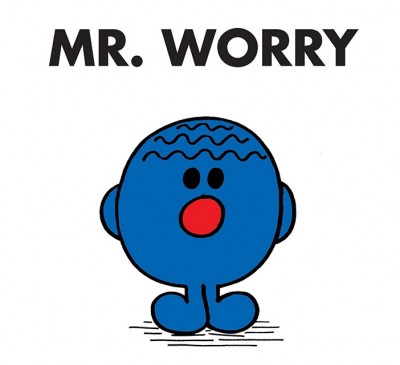
The main idea behind externalizing in narrative therapy is that “you are not the problem, the problem is the problem.”
As simple as it sounds, it’s a profound statement and a liberating way of looking at one’s life, where we’re allowed some much needed room to breathe.
If a child has been struggling with anxiety for a long time he is probably characterized as an anxious child. This characterization limits the chances of improving the situation. That would make the child assume that he is anxious and that it’s part of his being. In such a situation, the child begins to believe that in order to change for the better he must change his identity and not be
himself.It’s like being asked to demolish our house and start from scratch. But there’s plenty to like about the house, lots of time and effort went into its design and construction, and if you’re like most people you’re not going to give up your place of residence without resistance.
This is where externalizing comes in. Externalizing challenges the belief that problems and other aspects of a child’s identity are located exclusively within them. Many of the problems are created or shared by the external environment in which they live, act, and react. In this sense your child’s problems are located out in space, still impacting them, but are not them. Your child is not the problem, the problem is the problem.
The goal then is to free our child from believing that he is an anxious child and instead start to view his anxiety as its own being, with its own history, its own characteristics and actions, its own drives and motivations, its own strengths and weaknesses…. more or less as its own individual. You want your child’s anxiety to have its own name and personality. Have your child name it, draw it, and give it a voice. Speak about the anxiety in the third person.
When your child comes to you with a fear, instead of saying, “What are you scared of (internalizing)?” ask your child, “What is worry telling you (externalizing)? Is that what you really think? What does another part of you know? Do you think what worry is telling you is really true? Why or why not? What do you think is more likely? If worry took a test in school, would worry be right, or would it get all the answers wrong?”
It’s important for children to know that anxiety is good for them. It’s there to help keep them alive by causing unpleasant feelings that signal a threat and by causing other physiological changes in their body that prepare them to fight or to run away from a threat. Anxiety feels like an enemy because of those unpleasant feelings and sensations, but it’s not an enemy. Anxiety is a friend; it’s actually there to protect.
The process of externalizing problems is itself therapeutic. For children it’s like an enormous burden they have been carrying around is lifted off of their shoulders.
Your child is putting the anxiety out into space, so he can learn everything about it and slowly get to know himself for who he truly is.
Galit Meirov, LMFT is a marriage and family therapist who provides marital, dating, and family therapy. Galit also specializes in helping children and families manage anxiety disorders. Galit can be reached at 646-354-3826 or This email address is being protected from spambots. You need JavaScript enabled to view it.
Freeing Our Children from Worry: Externalizing
Typography
- Smaller Small Medium Big Bigger
- Default Helvetica Segoe Georgia Times
- Reading Mode




